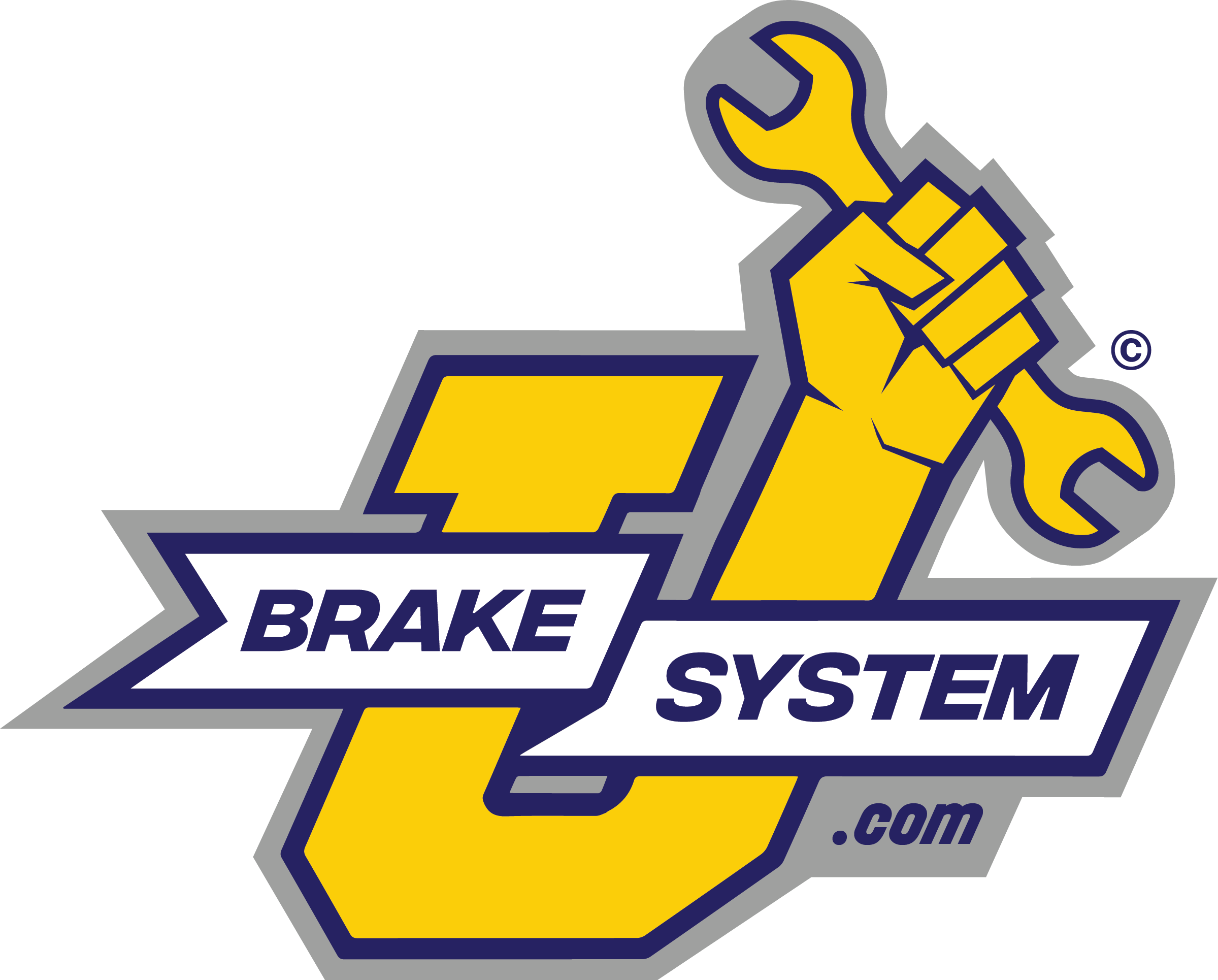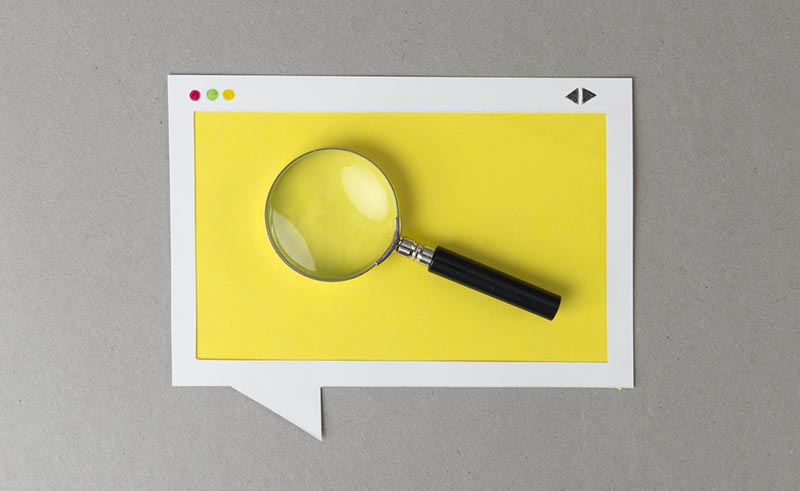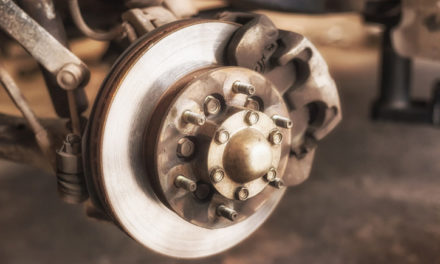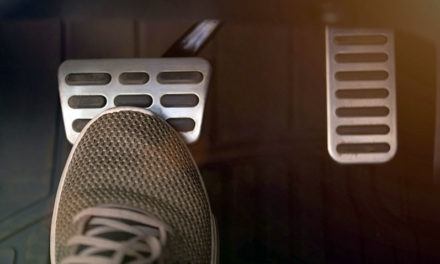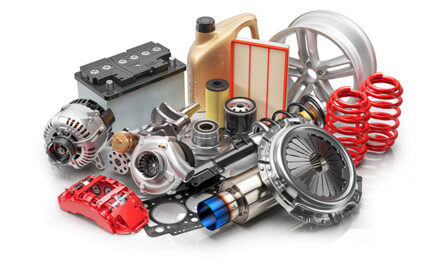Is it time to replace the brake lines on your personal vehicle or commercial truck? If you’re going to do this job yourself and only once, you’ll likely want to check out a brake line kit versus buying all the pieces separately. This will guarantee that you have all the correct parts on hand, so you won’t have to place another order for a single fitting or clip.
What is Included in a Brake Line Kit?
There are typically two types of kits available on the market. One will contain all the pieces and parts to get the job done and the other comes pre-assembled. An assembled brake line kit is usually the pre-bent line configured to snap into place under your car. It will have the ends flared and fittings in place. You’ll need a wrench and possibly a screwdriver to disconnect the old lines, loosen the line clips, and tighten everything down when you are done.
The non-assembled version will include a coil of brake line, flexible lines as needed for that specific vehicle, new mounting clips, and a collection of fittings designed to connect to your original equipment distributor or master cylinder. In addition to the kit, you will also need a bending tool to get the coil of line in shape, a cutting tool, and a flare tool. You can find inexpensive versions of these tools, but it pays to borrow or buy the professional-grade tool. It will not leave burrs or a misshaped flare. You will spend extra hours working with this type of kit, but it is not beyond your skill level.
Which Type of Brake Line is Right for My Vehicle?
The next thing you should consider when shopping for new brake lines is the type of material used for the line. Your passenger vehicle likely has galvanized or stainless steel lines in place. These brake lines are durable, inexpensive, and the steel is relatively easy to bend into shape.
More recent models may have PVF coated lines, which are steel inside and then have a tough black exterior that better resists corrosion from salt, dirt, and pollution. It costs a bit more than steel and can pose a challenge when installing, as the coating can crack and create a poor seal.
If you are looking to keep your vintage ride on the road for another 10 years or want to protect a commercial vehicle over a million miles, look at nickel-copper lines. It is the most expensive but easier to bend, will not corrode, and resists deformation under extreme hydraulic pressure and impact.
Tips and Tricks for a Quick Brake Line Replacement
- Brake lines are designed to last the typical lifespan of your vehicle. They only require replacing if you have a leak or the lines are kinked due to an impact.
- Use a lift, ramps, or secure jacks for safety.
- Use a screwdriver to ease the old lines out of the clips and reuse the clips–saving time and materials.
- Remove the wheel when replacing flexible lines along the axle for easier access.
- Review the maintenance history of your car before buying a brake line kit. A new master cylinder may have changed the fitting style from the original equipment listed in your repair manual.
